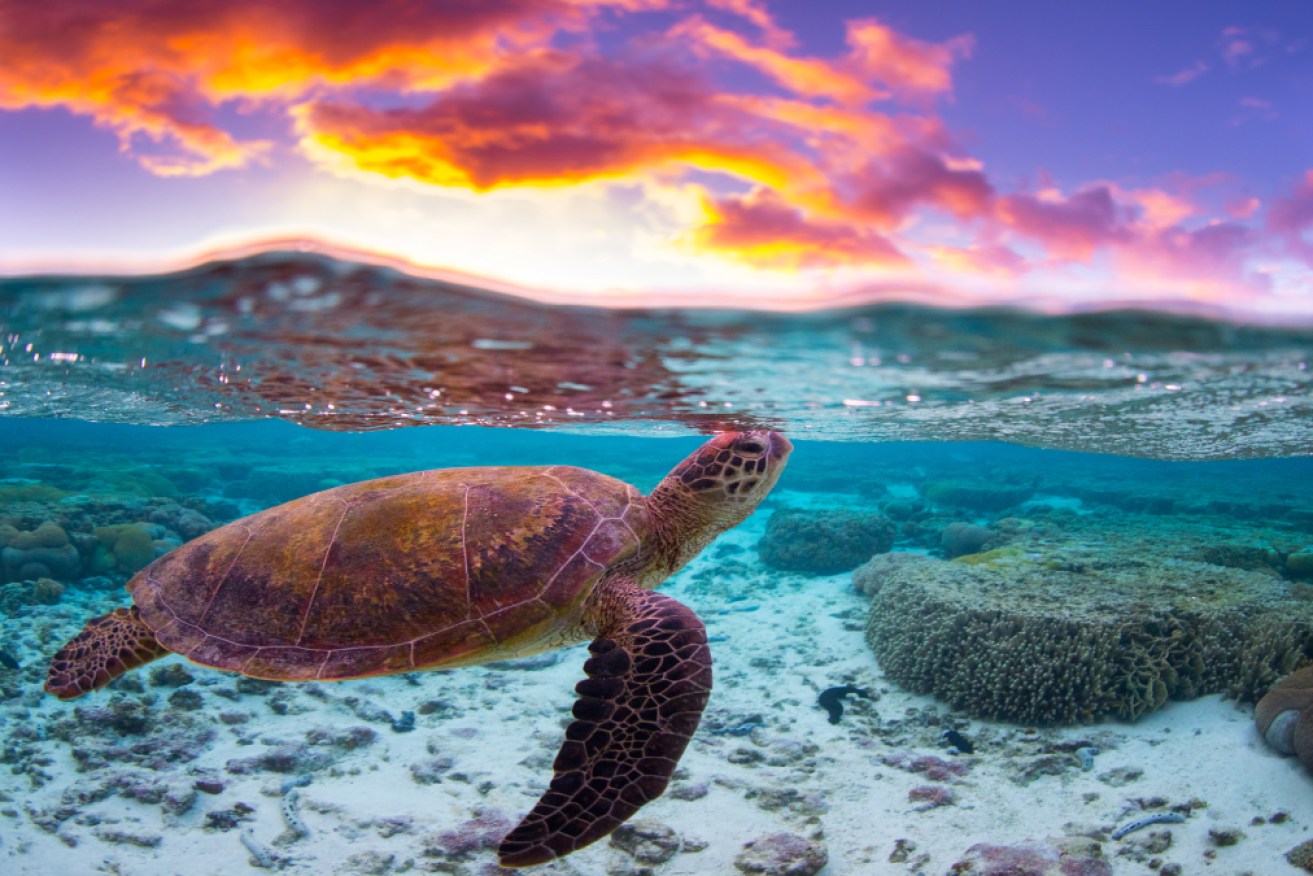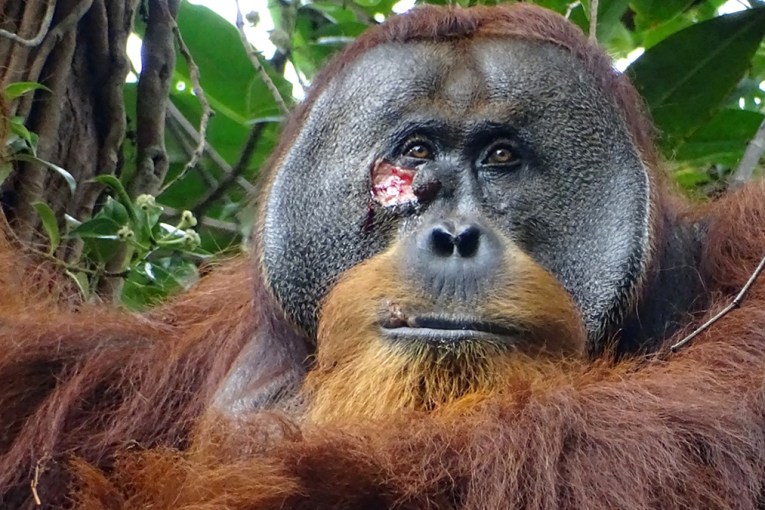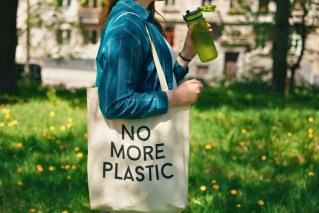Australia’s marine parks are suffering. Here’s what we need to do


A sea turtle at sunset. Photo: Getty
Australians are laid back, ocean-loving people.
Most of us live close to the coast, which stretches almost 50,000 kilometres and is linked by more than 10,000 beaches – more than any other country on the planet.
We’re surrounded by magnificent oceans and a vast network of more than 60 marine parks and sanctuaries, home to many marine habitats and species.
Sadly some of these parks and sanctuaries aren’t in great shape.
The New Daily spoke to several experts who outlined the threats facing Australia’s unique ocean environments and what everyday Aussies can do to save them.

The Great Barrier Reef, Queensland. Photo: Getty
Some 45 per cent of Australian waters are made up of “protected marine parks”, federal government data says.
These waters are “hotly contested” by other interests, such as mining companies and commercial fishers.
Only 17 per cent of Australia’s oceans are considered “sanctuaries” that are fully protected from the extraction of oil, gas and fish stocks.
The sanctuaries are what Australian scientists consider to be the real heart of marine parks.
Global warming ‘insurance’
Marine Conservation Society fisheries and threatened species campaign manager Tooni Mahto told TND that marine sanctuaries were Australia’s “insurance policies as the oceans adapt to global warming”.
She warned not enough was being done to protect these havens.
“The level of protection is much lower in Australia … it’s simply not where it needs to be as the oceans adapt to climate change and global warming,” Ms Mahto said.
“Sanctuary zones are what scientists need to ascertain the state of the oceans.”
Some attempts to expand levels of protections in parks have met resistance from the public, ecologist Vincent Raoult from the University of Newcastle said.
He says people are often against enhanced legislation.
“Sometimes it’s people who habitually fish in a given spot for a long time and they don’t want to lose it,” Dr Raoult said.
“They probably misunderstand the benefits of marine parks … parks produce essentially overflow of fish because they become healthy habitats.
“So the fishers that actually fish the borders of marine parks, usually recognise the benefits.
“Over time people tend to learn the value of marine parks.”
What’s threatening our marine parks and sanctuaries?
From Christmas Island Marine Park south of Java to the Great Barrier Reef, Australia’s parks and sanctuaries face multiple threats.
Heating waters
Global warming and rapidly heating waters top the list.
It’s the principal threat facing sanctuaries and compounds all the other dangers the marine environment faces.
As Australia’s climate has warmed due to the climate crisis, so have its oceans, warming by more than one degree since 1900 and becoming increasingly acidic.
The State of the Climate Report 2022 says that in coming decades, Australia’s oceans will continue to warm: “Increased and longer-lasting marine heatwaves that will affect marine environments, such as kelp forests, and increase the likelihood of more frequent and severe bleaching events in coral reefs around Australia, including the Great Barrier Reef and Ningaloo Reef.”
Fishing
Commercial fishing is a significant challenge.
Experts told TND that Australia has substantial commercial fisheries within Australia’s marine parks that need to be correctly managed.
They said areas where fish can breed in the sanctuaries should be protected, allowing surplus fish stocks to spill over into the rest of the marine environment for fishers to exploit.
Offshore oil and gas
Offshore oil and gas industry is a significant threat in terms of the damage imposed by infrastructure and extraction and the seismic testing that must be done before gas extraction.
Whales and dolphins are particularly affected by seismic testing and also by commercial shipping.

From Christmas Island Marine Park south of Java to the Great Barrier Reef, Australia’s parks and sanctuaries face multiple threats. Photo: Getty
Coastal development
Inappropriate coastal developments (building things along the coast) affect waters closer to the shoreline.
Developments can degrade water quality and result in the destruction of coastal habitats, threatening natural ecosystems and marine species.
What can Aussies do?
For Dr Raoult, the key to protecting marine parks isn’t just education. It’s dialogue.
“People who are impacted need to have a voice at the table,” he said.
“When there are discussions and tenders open for the creation of new marine parks, those people that support their creation need to be as vocal as the people opposed to them.”
He says recreational fisheries groups are very good at lobbying local government. The general public, not so much.
“They just assume that the government will do the right thing. But people need to encourage their local government members to increase support for the preservation of our natural ecosystems.”
Wildlife scientist Vanessa Pirotta said there’s no silver bullet solution to minimising human impacts on marine parks, but believes applying pressure to government and engaging with wildlife organisations is a “step in the right direction”.
Getting involved with environmental non-profits such as the Australian Marine Conservation Society is a way to make a difference.
The group’s resources webpage contains several guides on how to speak up about pollution, overfishing and warming oceans.
‘30 by 30’
One of the agreements to come out of last month’s COP15 was the “30 by 30” target.
Its aim is to conserve 30 per cent of the Earth’s land, sea, inland water and coastal areas.
The Albanese government threw its support behind the global target, committing to reaching it domestically for land and sea areas.
Environment Minister Tanya Plibersek last year claimed that the goal had already been exceeded.
Scientists refuted her statement in an open letter, saying that the parks were “parks only on paper” and that her declaration was “utterly misleading”.
They claimed the minister was using the previous Morrison government’s definition of a protected area.
“We need to have at least 30 per cent in fully protected marine sanctuaries,” Ms Mahto said.
“We need to protect high-value conservation areas … in some instances, those are the areas which are also hotly contested by other ocean stakeholders such as the offshore oil and gas industry.”








